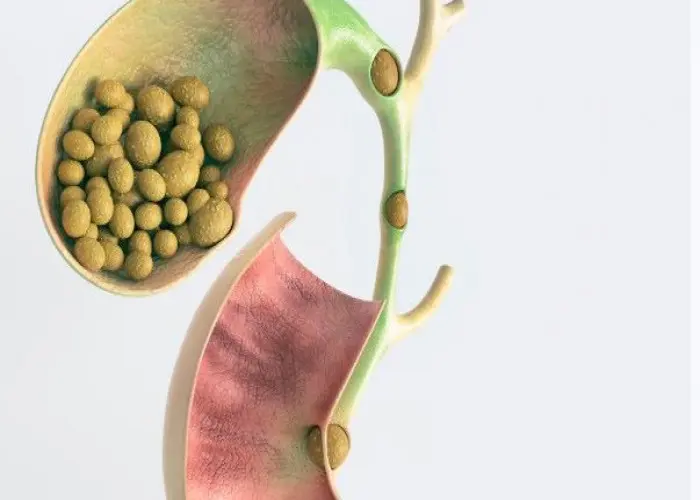 Welcome
Welcome
“May all be happy, may all be healed, may all be at peace and may no one ever suffer."
Ampullary cancer

Ampullary cancer is a type of cancer that occurs in the ampulla of Vater, which is a small funnel-shaped structure located at the junction of the bile duct and the pancreatic duct in the upper part of the small intestine.
Symptoms of ampullary cancer can include abdominal pain, jaundice (yellowing of the skin and eyes), itching, dark urine, light-colored stools, nausea and vomiting, and weight loss.
Diagnosis of ampullary cancer may involve a variety of tests, including blood tests, imaging studies, and biopsy. A biopsy involves taking a sample of tissue from the ampulla for examination under a microscope.
Treatment for ampullary cancer typically involves surgical removal of the affected tissue. This may involve the removal of a portion of the small intestine (partial pancreatectomy) or, in more severe cases, the removal of the entire pancreas (total pancreatectomy).
In some cases, additional treatments such as chemotherapy or radiation therapy may be recommended to help reduce the risk of cancer recurrence.
If you or a loved one has been diagnosed with ampullary cancer, it's important to work closely with a healthcare provider to determine the best course of treatment. With prompt and appropriate treatment, many people are able to manage the symptoms of this condition and achieve a good quality of life.
Research Papers
Disease Signs and Symptoms
- Yellowing of skin and eyes (jaundice)
- Clay-colored stools
- Abdomen pain
- Fever
- Bleeding from rectum
- Failing nausea
- Nausea or vomiting
- Weight loss
Disease Causes
Ampullary cancer
It's not clear what causes ampullary cancer.
In general, cancer starts when cells develop changes (mutations) in their DNA. A cell's DNA contains the instructions that tell the cell what to do. The changes tell the cell to begin multiplying uncontrollably and to continue living when normal cells would die. The accumulating cells form a tumor that can invade and destroy normal body tissue.
Disease Prevents
Disease Treatments
Ampullary cancer treatment options may include:
- Surgery to remove the pancreas and small intestine. The Whipple procedure (pancreaticoduodenectomy) involves removing the head of your pancreas as well as a portion of your small intestine (duodenum), your gallbladder and part of your bile duct.
- The Whipple procedure can be done using a large incision in your abdomen, or as a minimally invasive surgery, which uses several small incisions.
- Minimally invasive surgery. For very small ampullary cancers and precancerous tumors, it may be possible to remove the cancer with tools passed through an endoscope (endoscopic surgery). This may be an option in certain situations.
- Combined chemotherapy and radiation. Chemotherapy uses drugs to kill cancer cells. Radiation therapy uses beams of energy, such as X-rays and protons, to kill cancer cells. Used together, these treatments may be more effective for ampullary cancers.
- Combined chemotherapy and radiation may be used before surgery, to make it more likely that a cancer can be removed completely during an operation. The combined treatment can also be used after surgery to kill any cancer cells that might remain.
- Chemotherapy alone. Chemotherapy is sometimes used after surgery to kill cancer cells that might remain. In people with advanced ampullary cancer, chemotherapy may be used alone to slow the growth of the cancer.
- Treatment to reduce pain and discomfort. If other treatments aren't possible or aren't helping, your doctor may recommend treatments that focus on making you feel more comfortable. This can include surgery to place a small wire mesh tube (stent) in your bile ducts to drain fluid that causes your skin and eyes to yellow.
Disease Diagnoses
Disease Allopathic Generics
Disease Ayurvedic Generics
Disease Homeopathic Generics
Disease yoga
Ampullary cancer and Learn More about Diseases

HPV infection

Cluster headache

Gallstones

Cryoglobulinemia

Ventricular fibrillation

Radiation sickness

POEMS syndrome

Lichen sclerosus
Ampullary cancer, Periampullary carcinoma, অ্যাম্পুলারি ক্যান্সার
To be happy, beautiful, healthy, wealthy, hale and long-lived stay with DM3S.
